Reportar esta entrada
Más sobre la misma comunidad-colección
El Paso Water's Willie, The Water Drop
Willie, The Water Drop is El Paso Water's conservation mascot.
El Paso Water's Willie, The Water Drop
Willie, The Water Drop is El Paso Water's conservation mascot.
El Paso Water Spotlights Ed Fierro for the 2018 Engineers Week
Ed Fierro Water Distribution Systems Manager In his younger ...
El Paso Water spotlight's Elsa Ochoa
Elsa Ochoa Engineering Senior Technician, El Paso Water Elsa ...
El Paso Water Spotlights Manuel Perez for 2018 Engineers Week
Manuel Perez Energy Management Coordinator Manuel Perez is ...
El Paso Water Spotlights 2018 Engineers Week's Veronica Galindo
Veronica Galindo Utility Engineer Veronica Galindo loves ...
EPWater's 2018 Engineer Spotlight Ed Fierro
Ed Fierro Water Distribution Systems Manager In his younger ...
EPWater's 2018 Engineer Spotlight Veronica Galindo
Veronica Galindo Utility Engineer Veronica Galindo loves ...
EPWater's 2018 Engineer Spotlight Ivan Henandez
Ivan Hernandez Utility Engineer Ivan loves the construction ...
EPWater's 2018 Engineer Spotlight Manuel Perez
Manuel Perez Energy Management Coordinator Manuel Perez is ...
EPWater's 2018 Engineer Spotlight Elsa Ochoa
Elsa Ochoa Engineering Senior Technician, El Paso Water Elsa ...
EPWater's 2018 Engineer Spotlight Alfonso Sierra
Alfonso Sierra Watewater Collections Systems Manager Alfonso ...
EPWater's 2018 Engineer Spotlight Alfonso Sierra
Alfonso Sierra Watewater Collections Systems Manager Alfonso ...
Southwest University Park - El Paso, TX circa 2017
Southwest University Park is located in downtown El Paso. The ...
Exposición Proviene de la Sociedad Polaca Americana 2014
Title panel - US in Polish Historiography and Periodicals ...
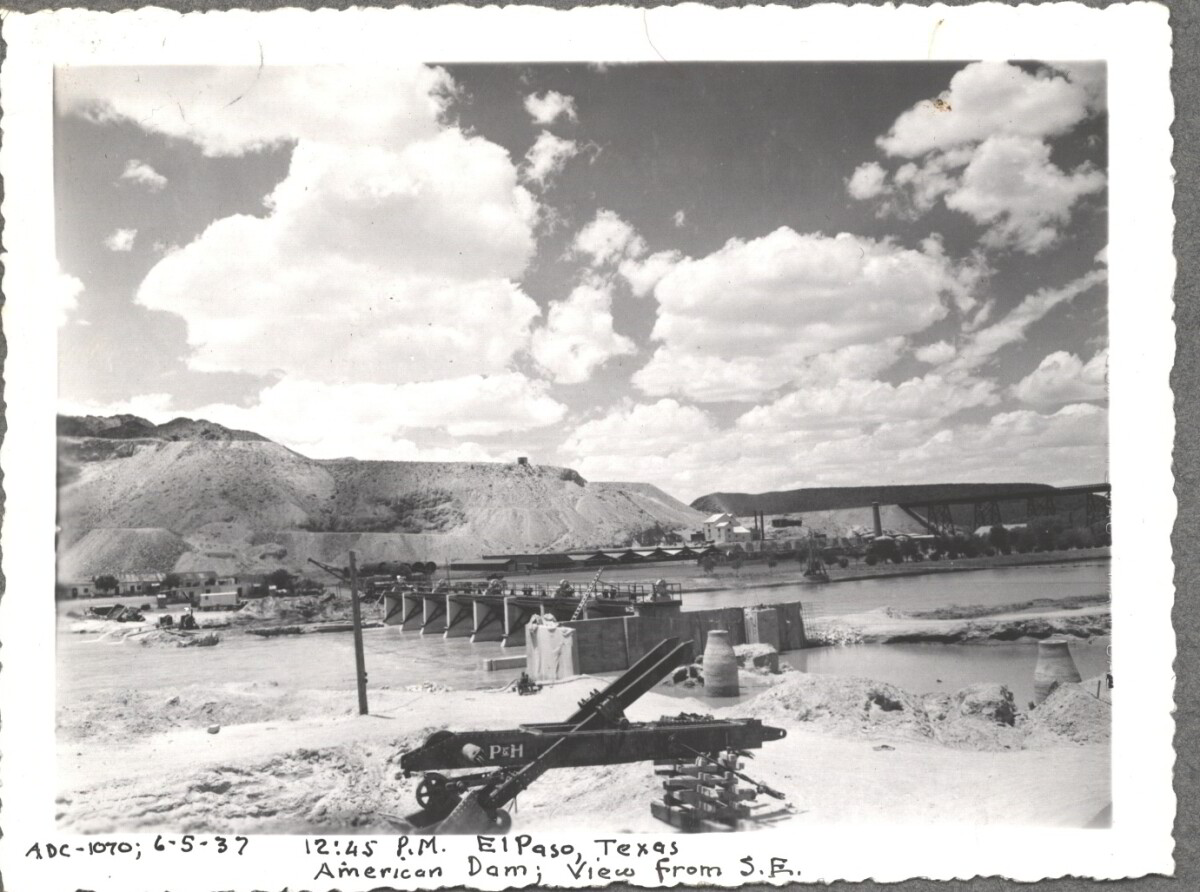
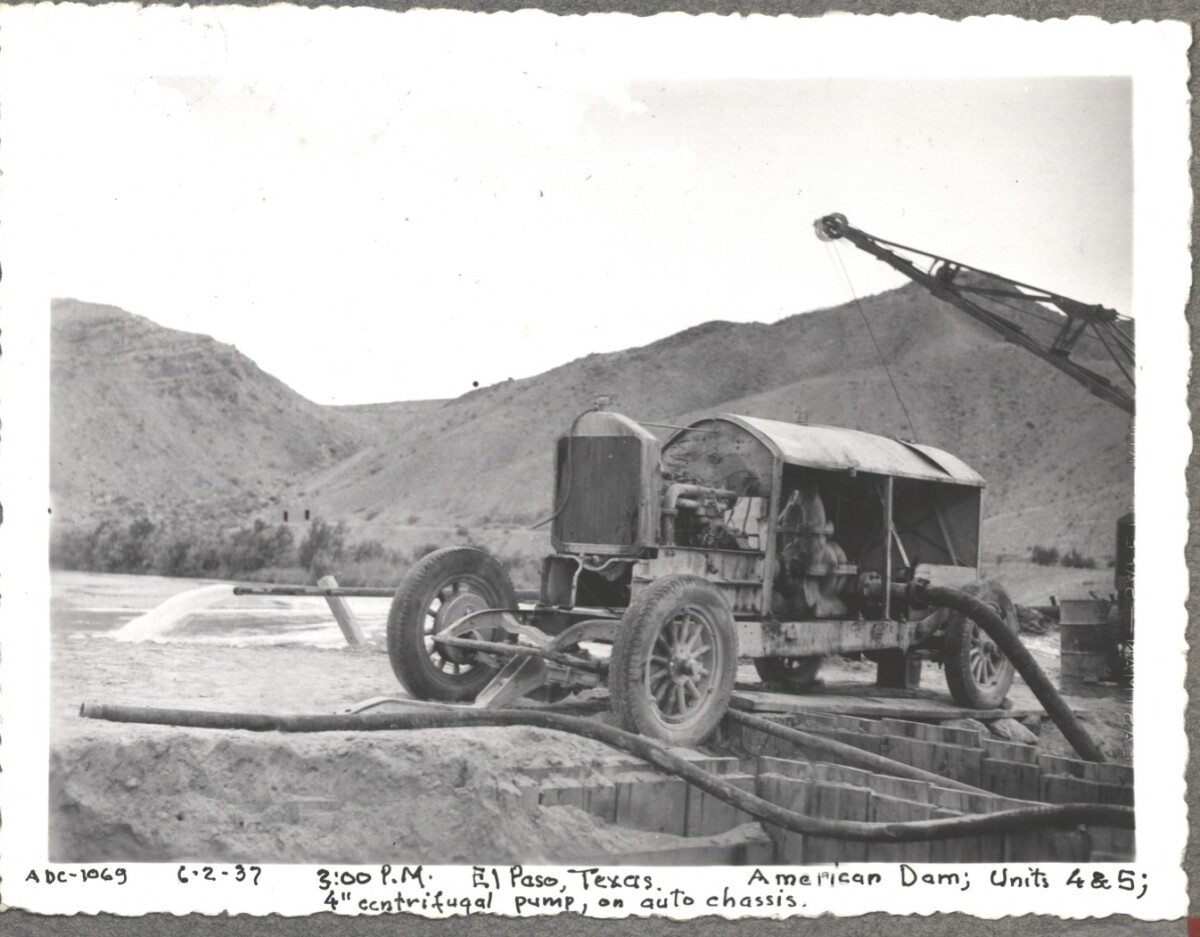

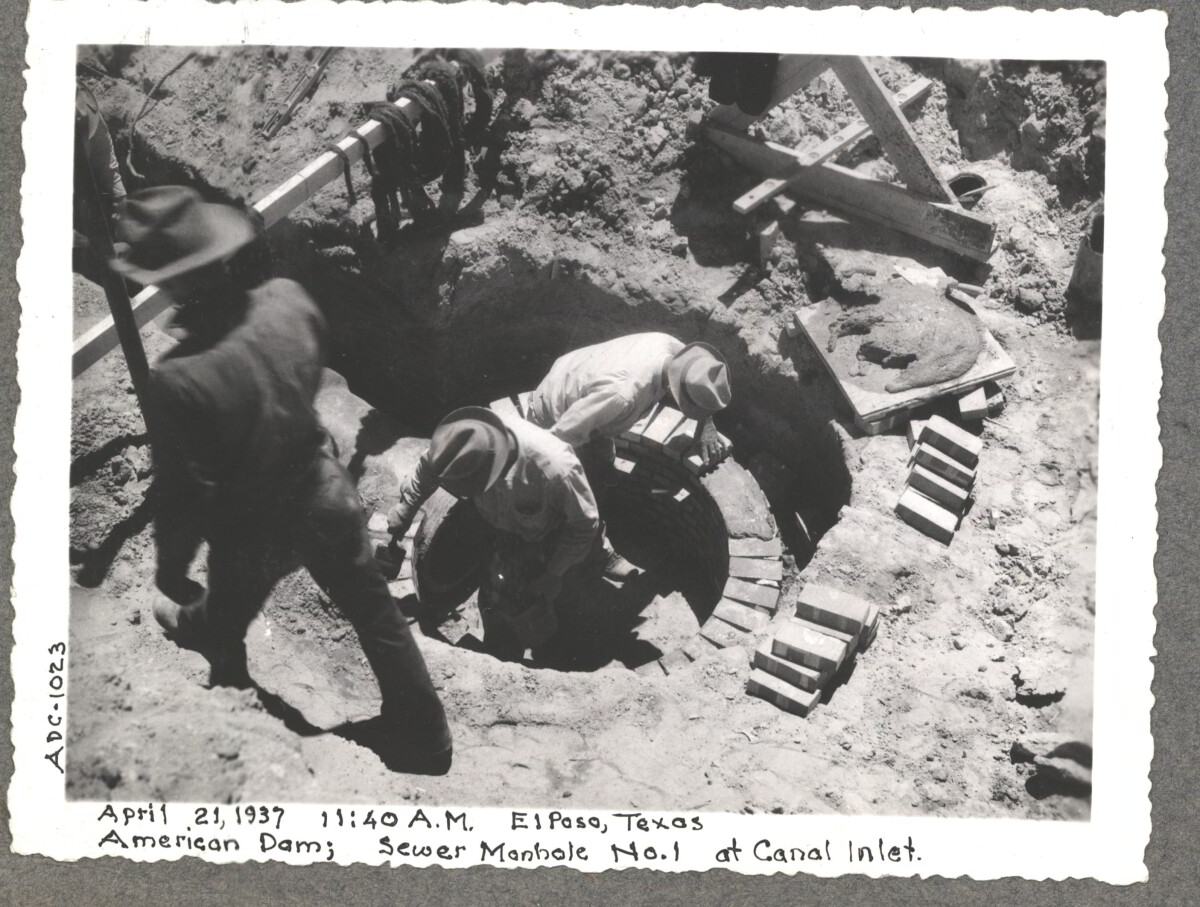
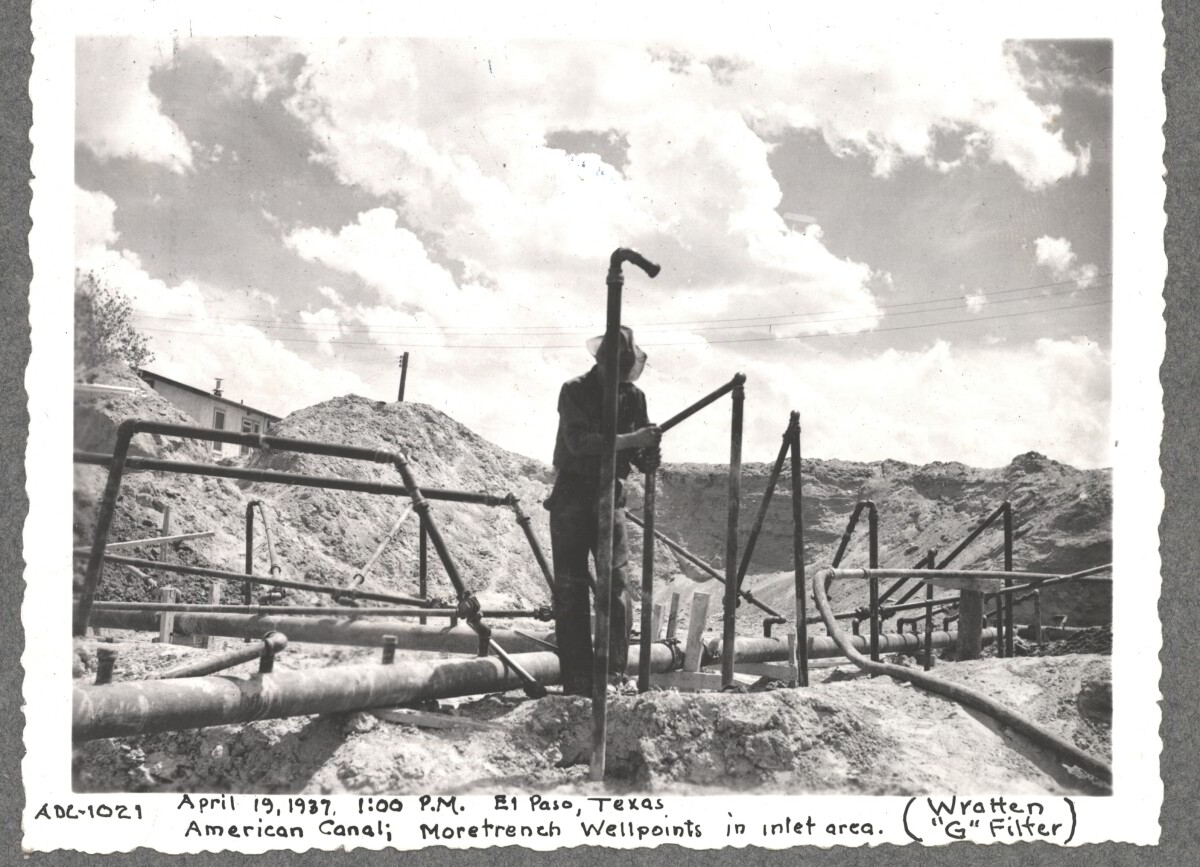
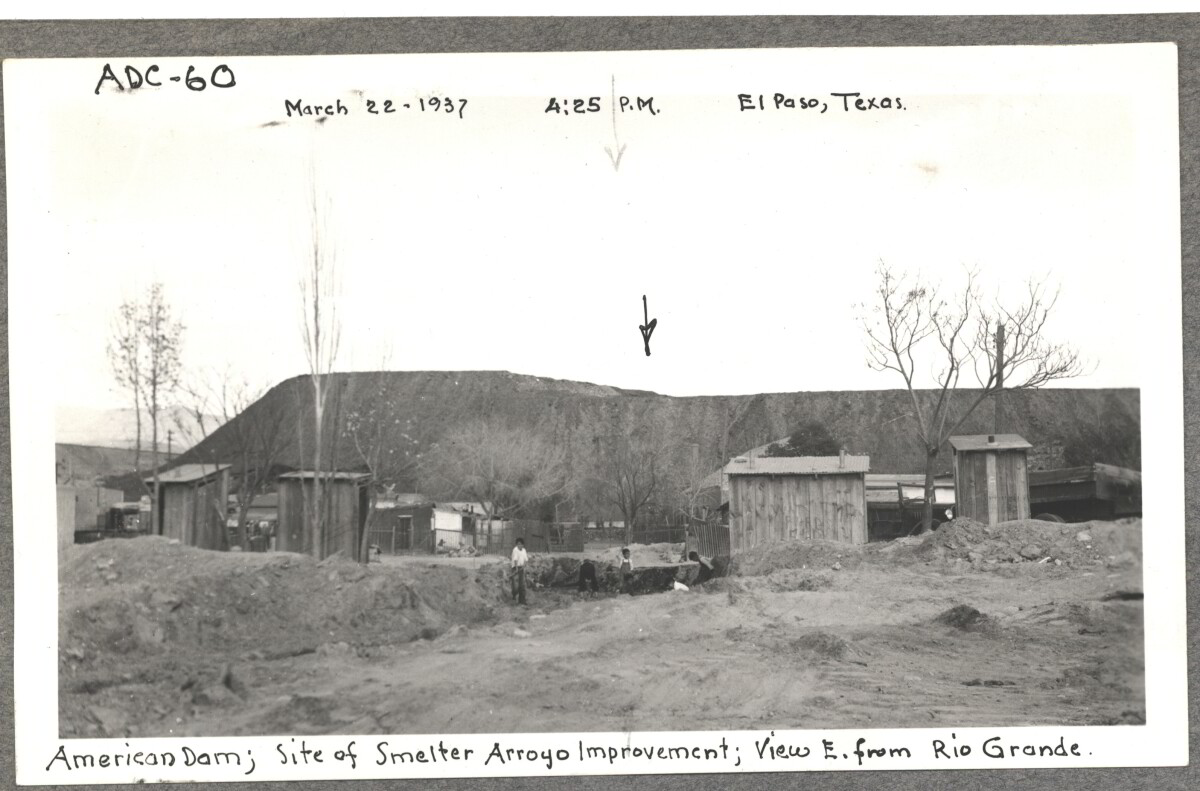
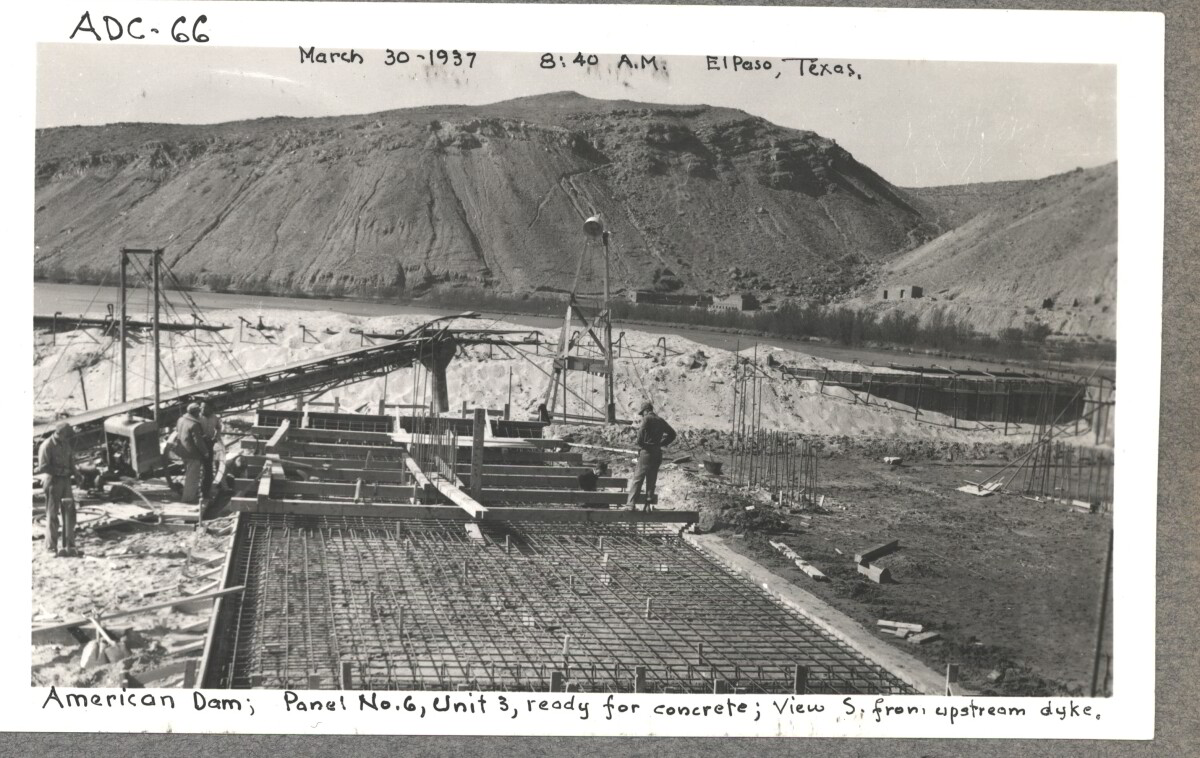
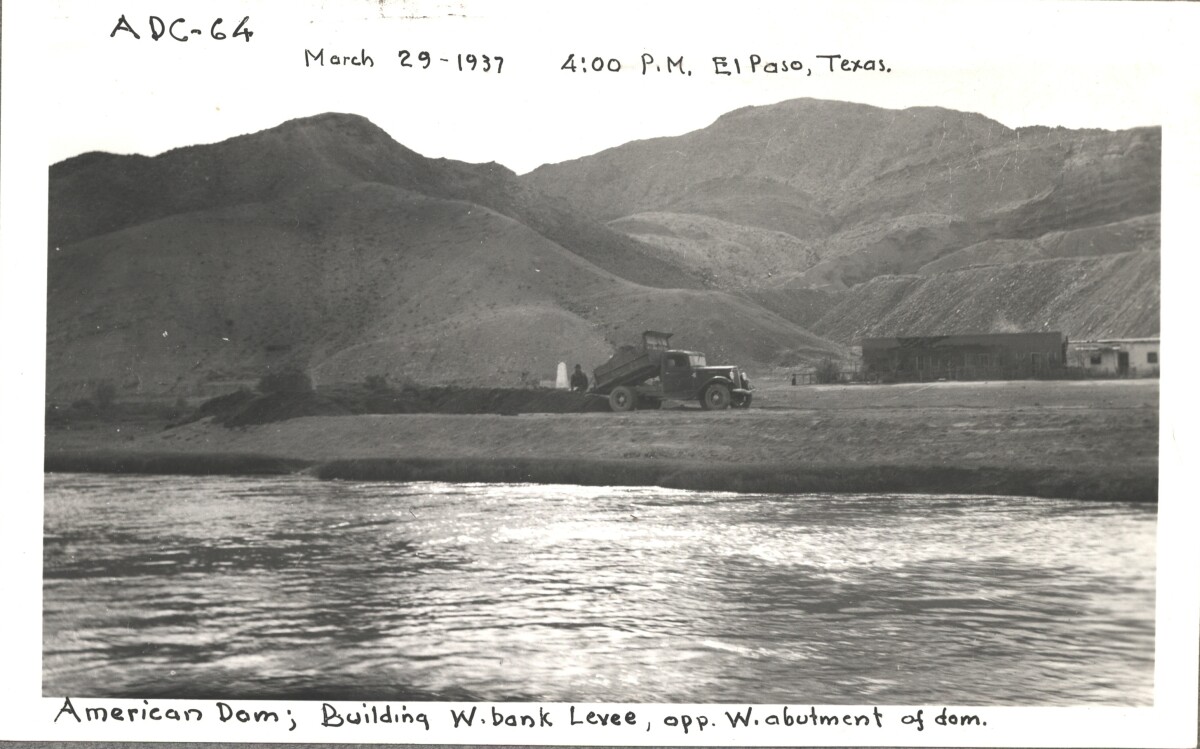
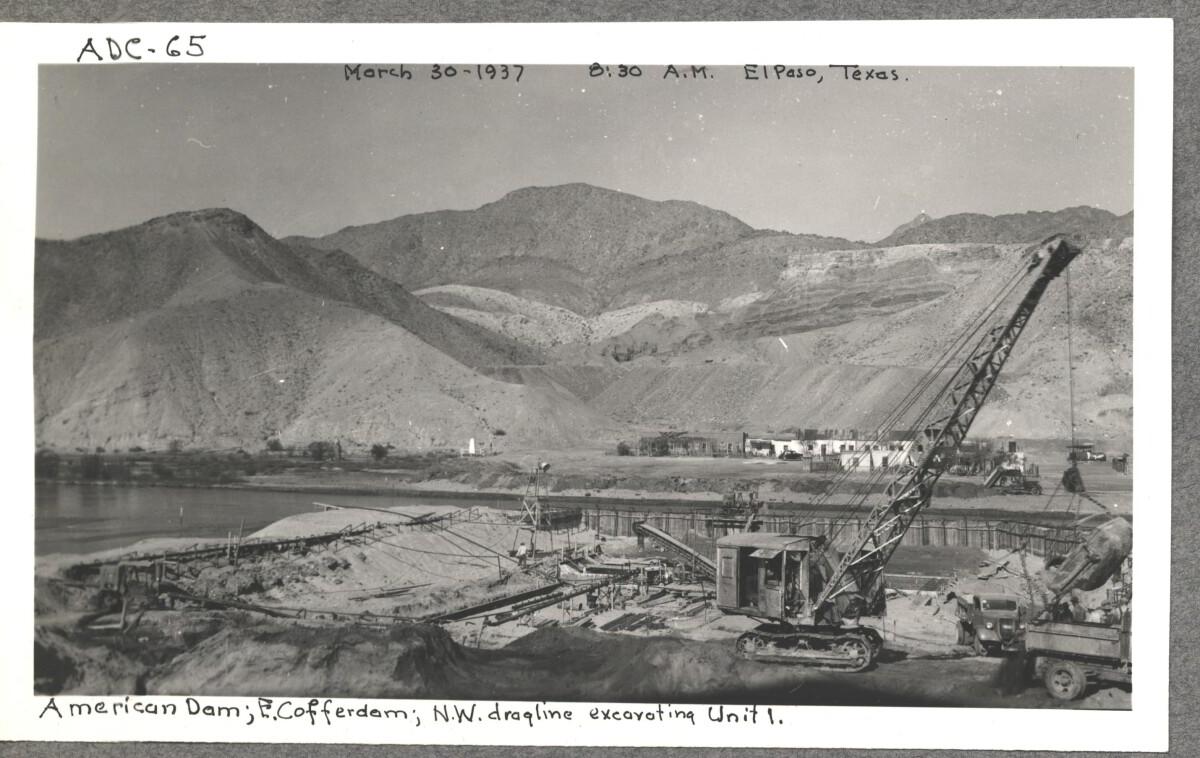
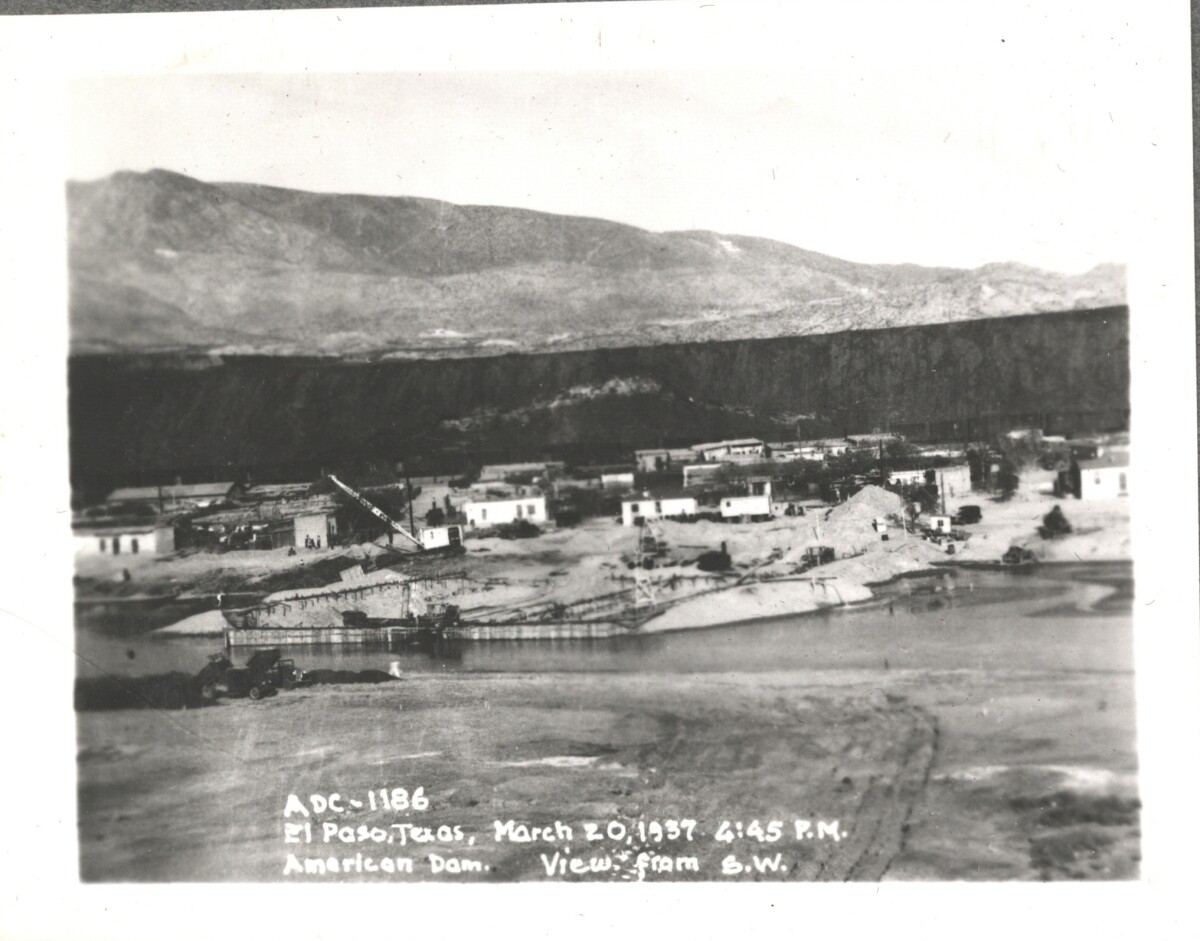
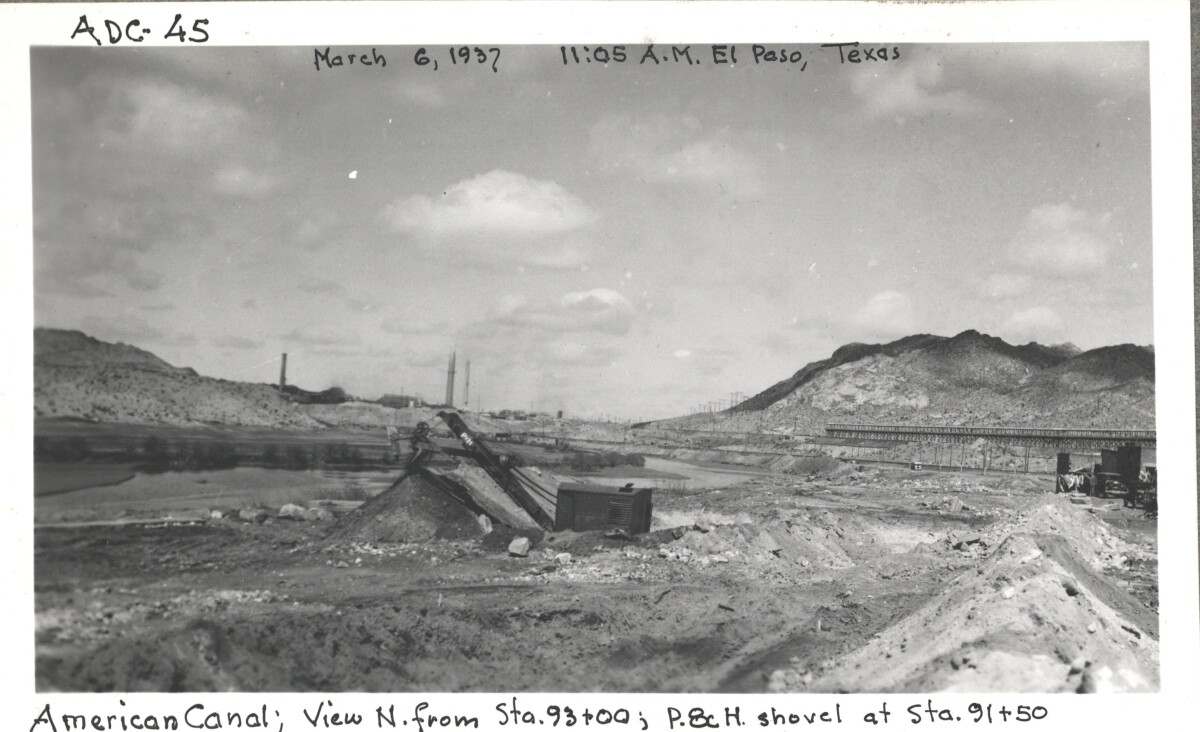
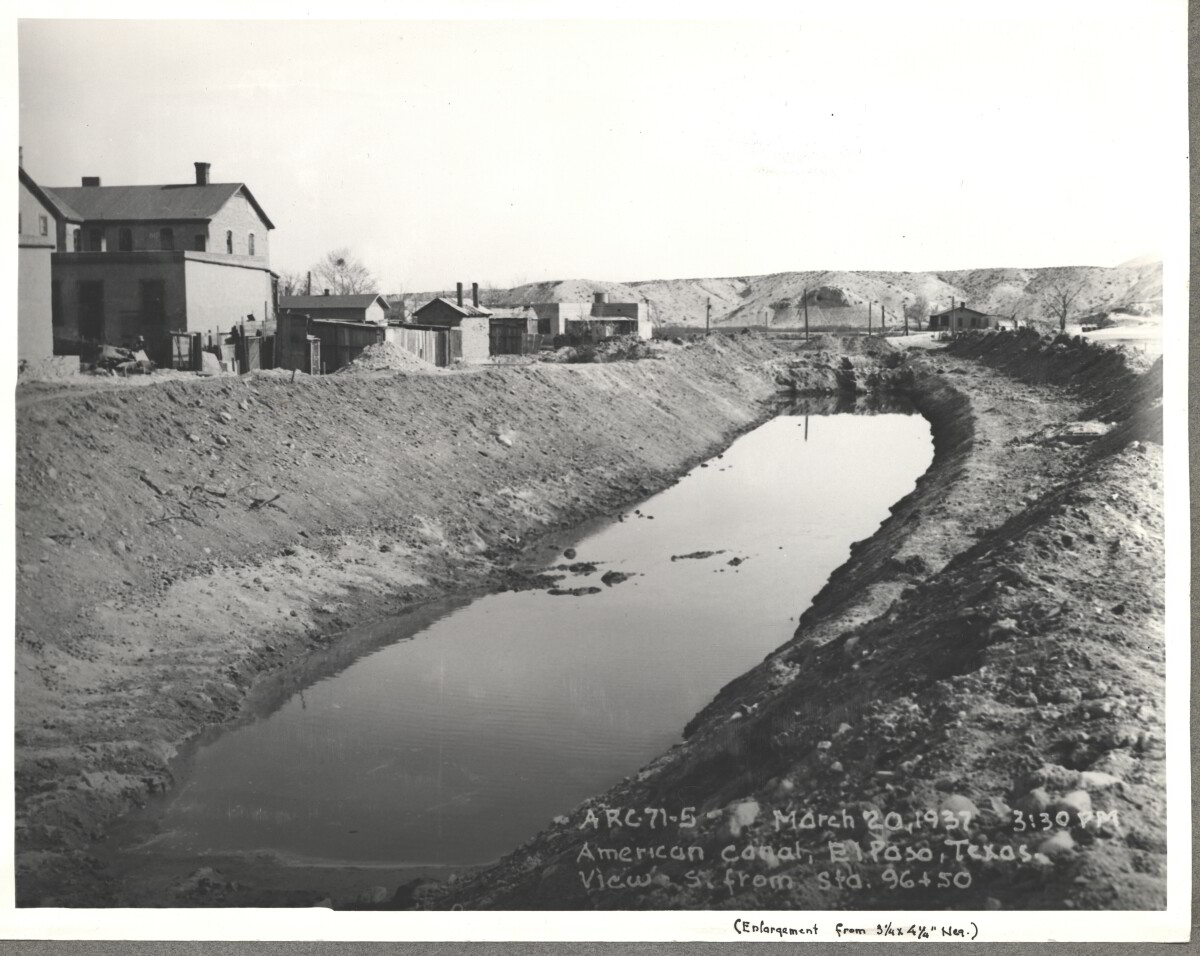
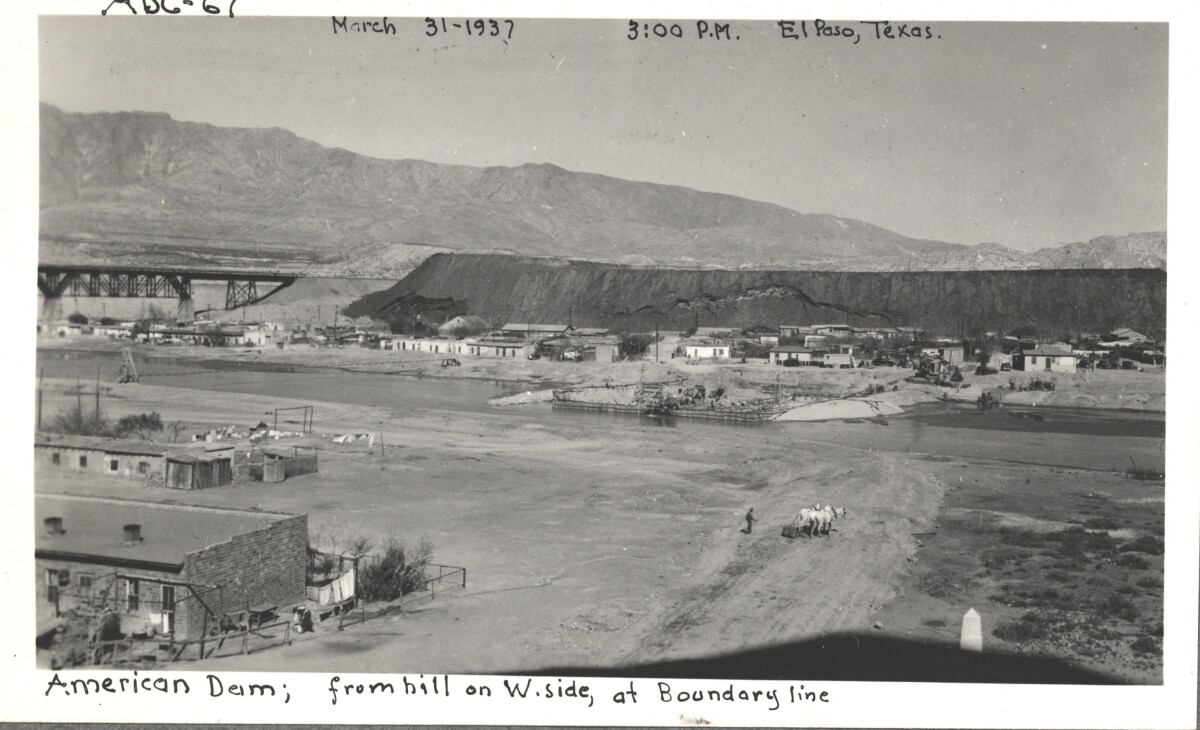
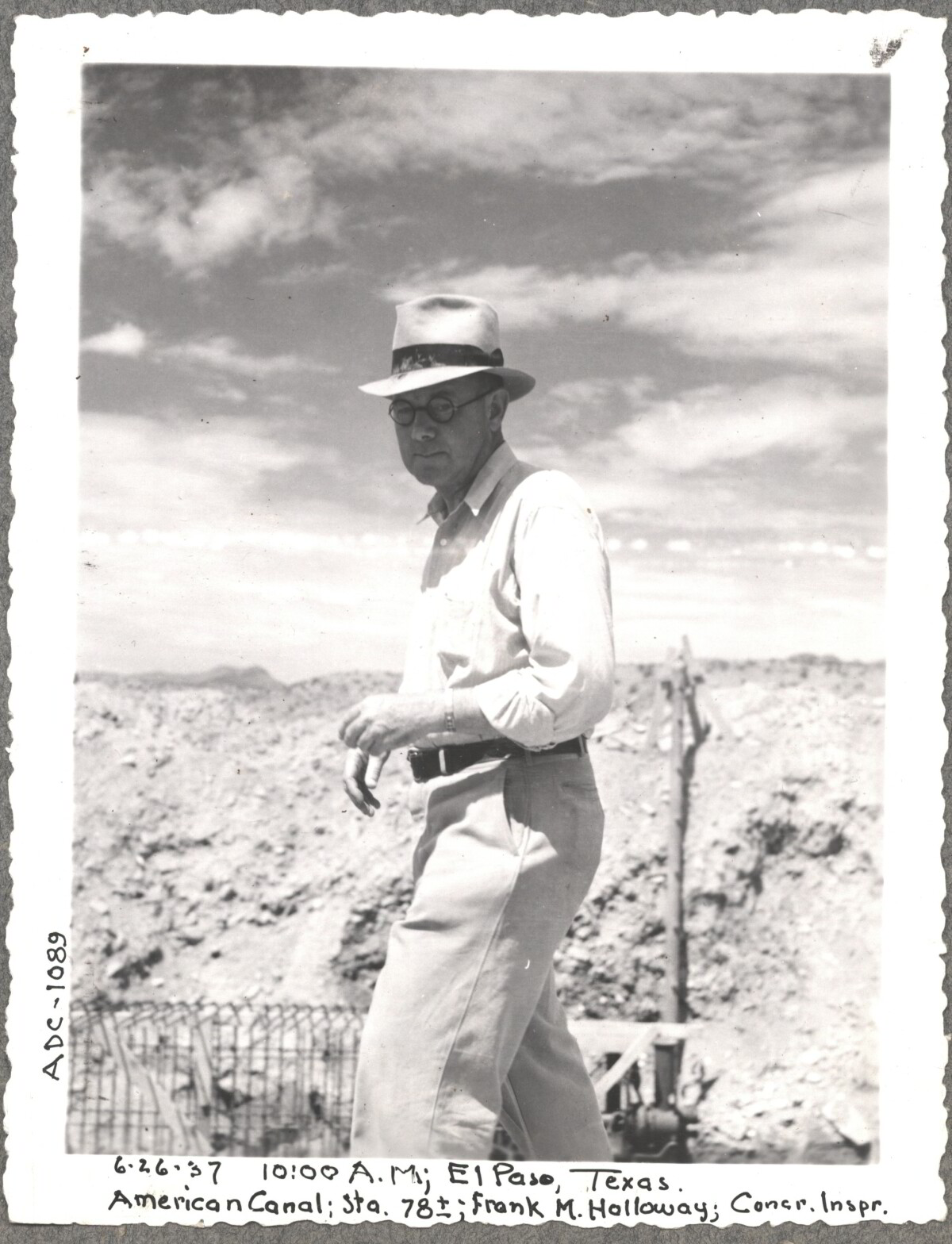
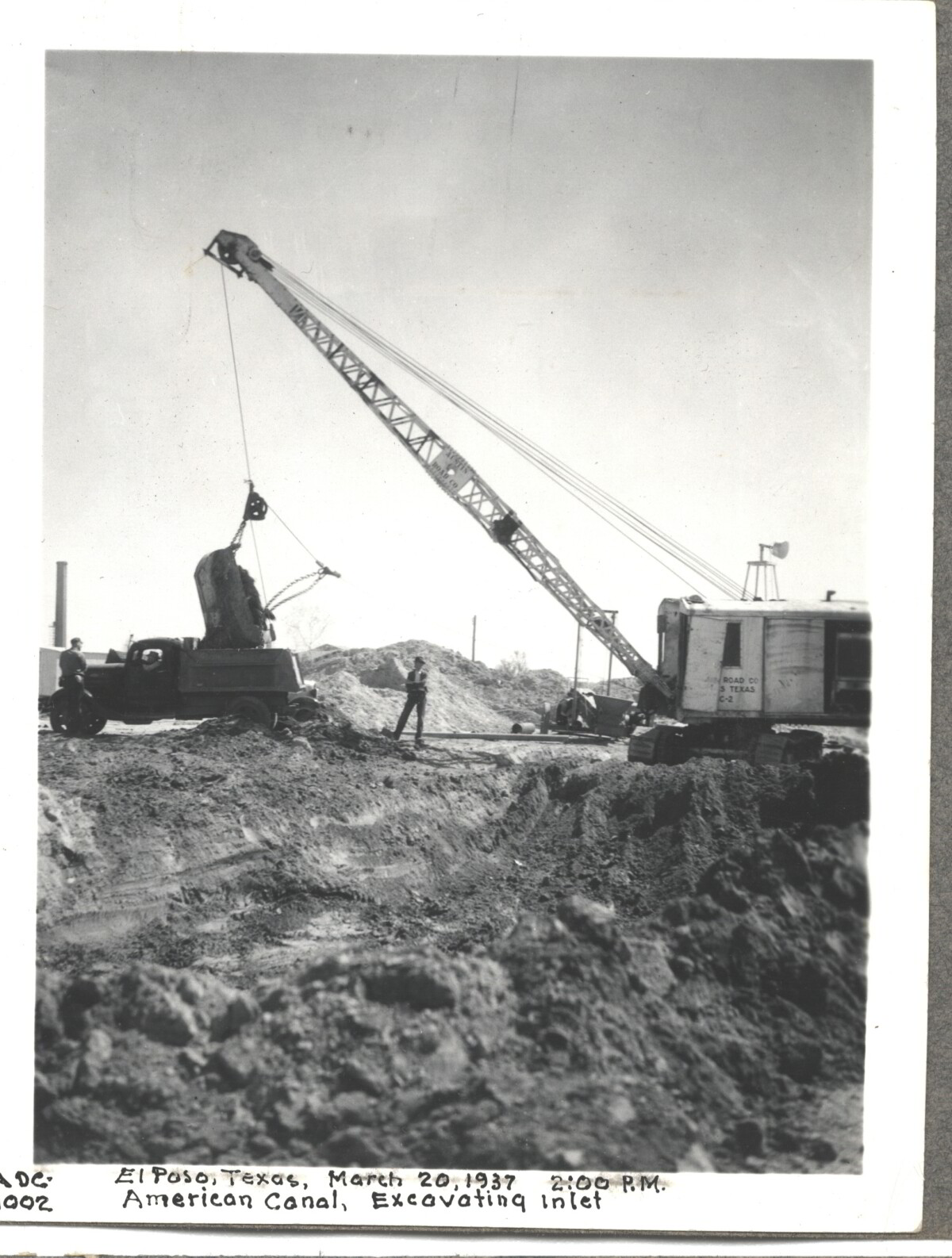
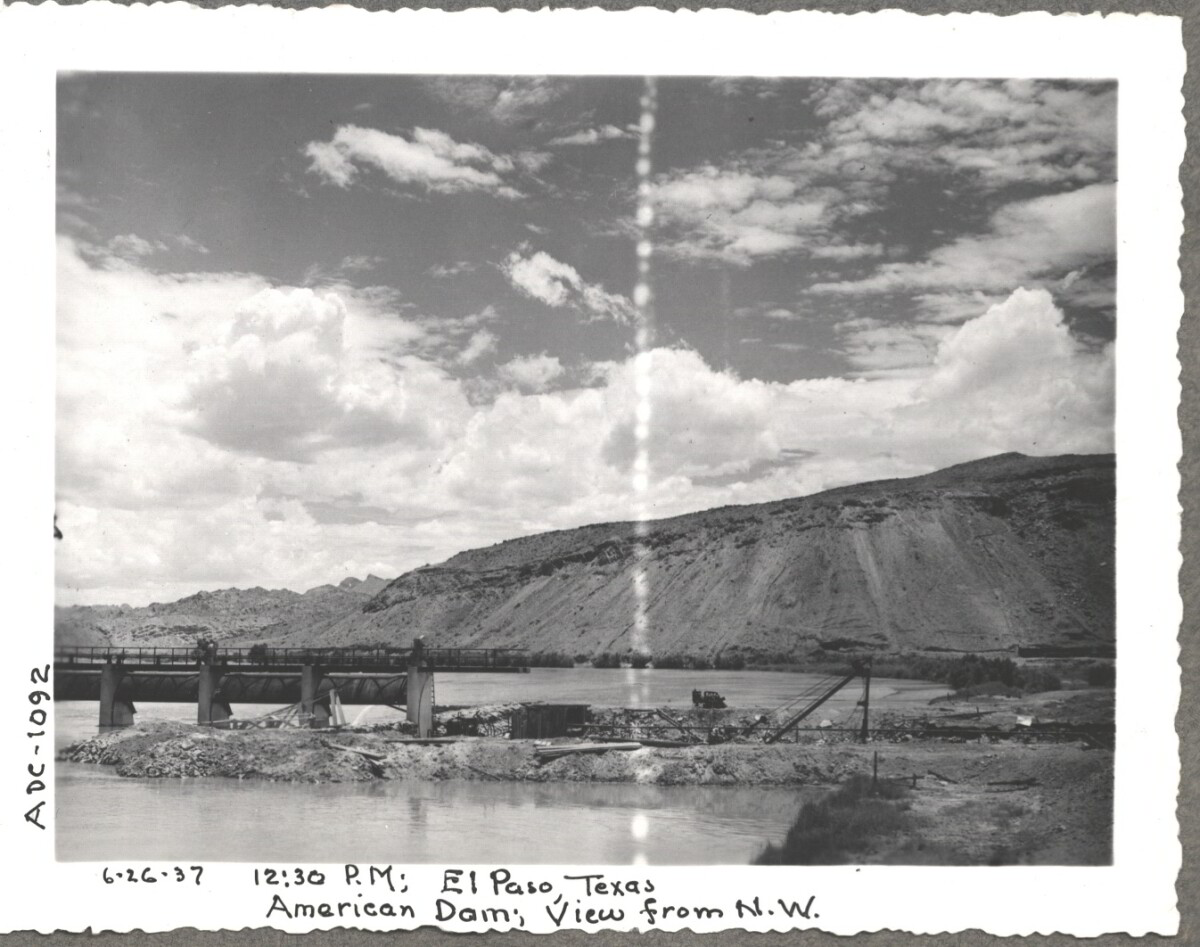
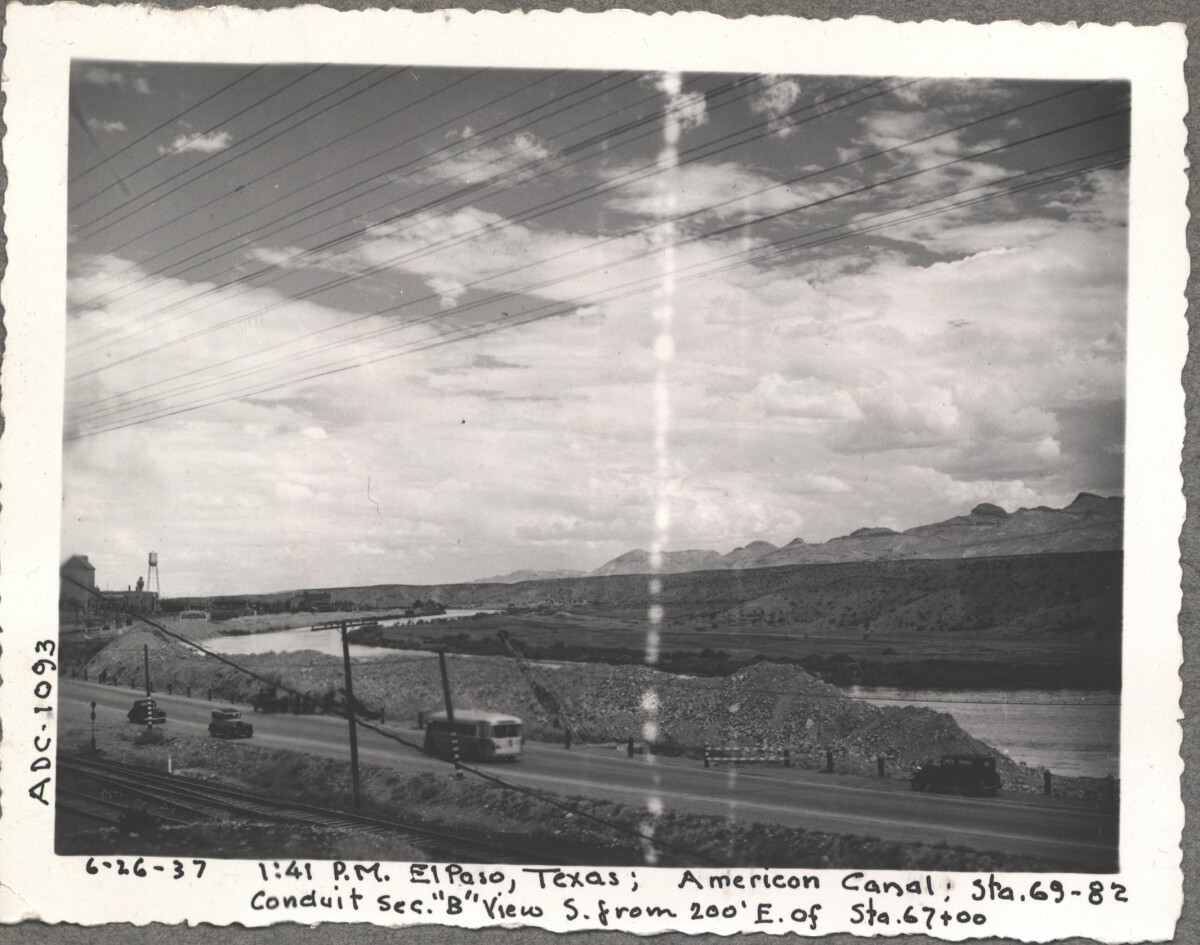
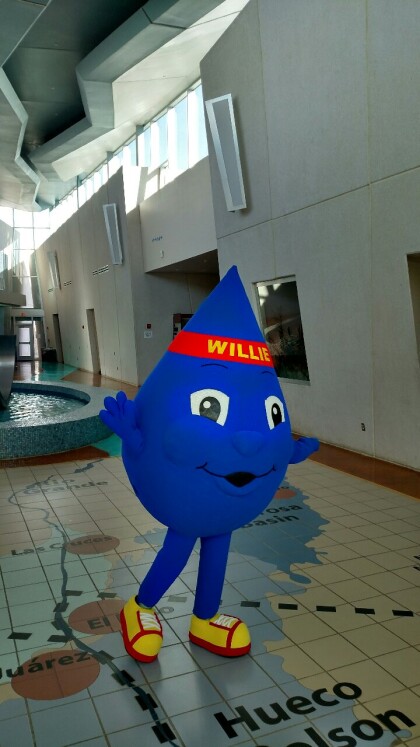

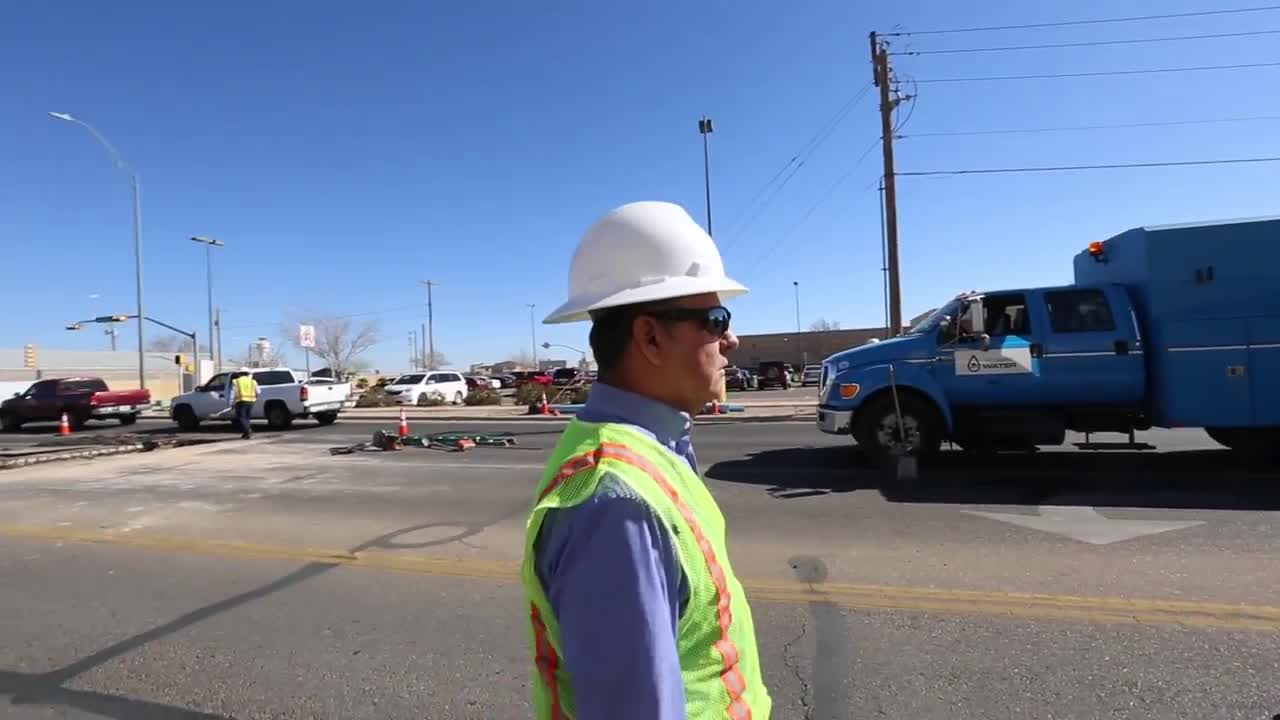
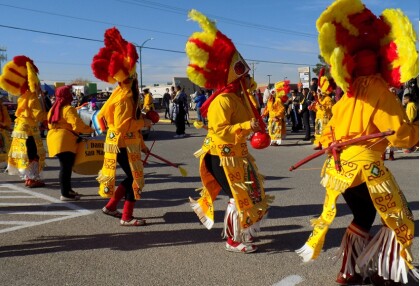
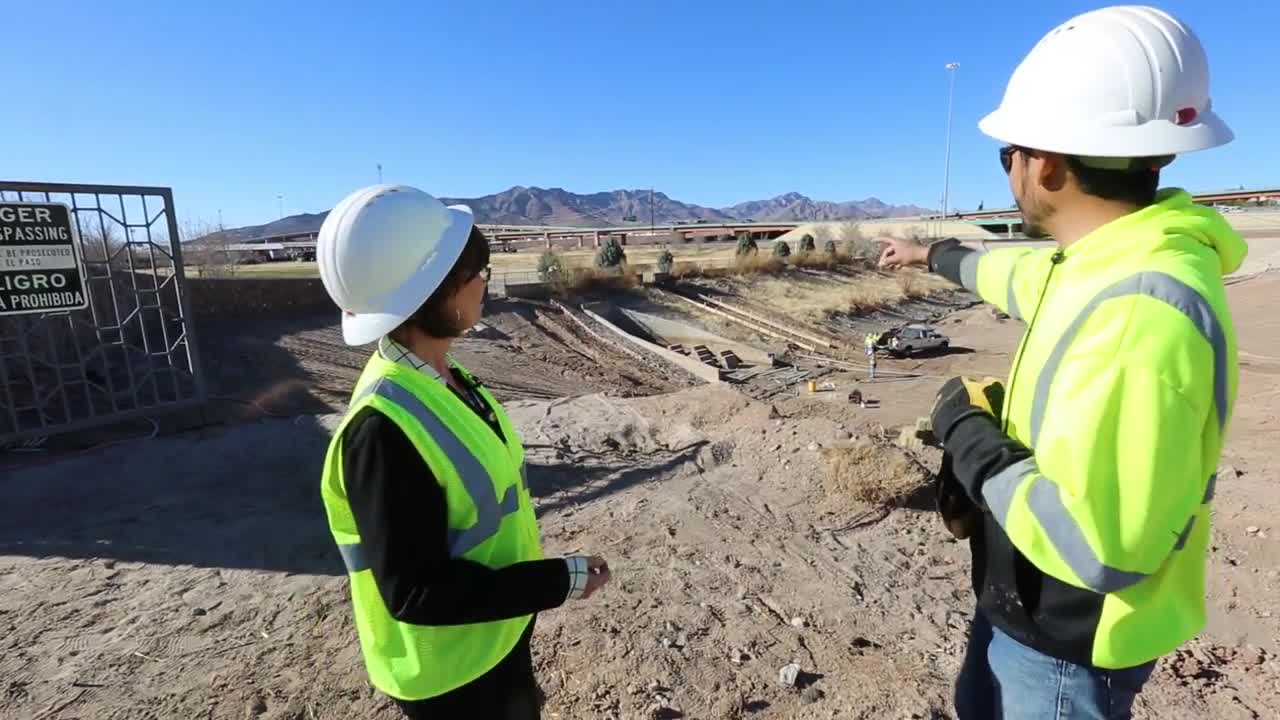
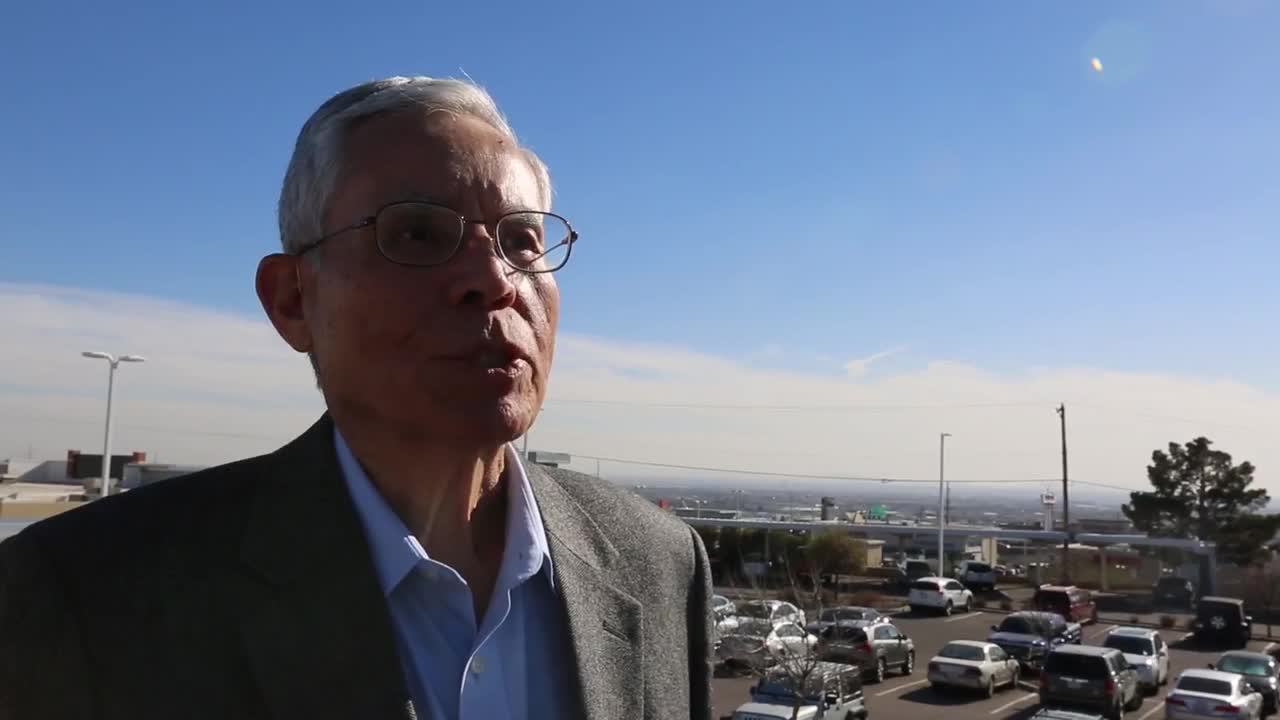

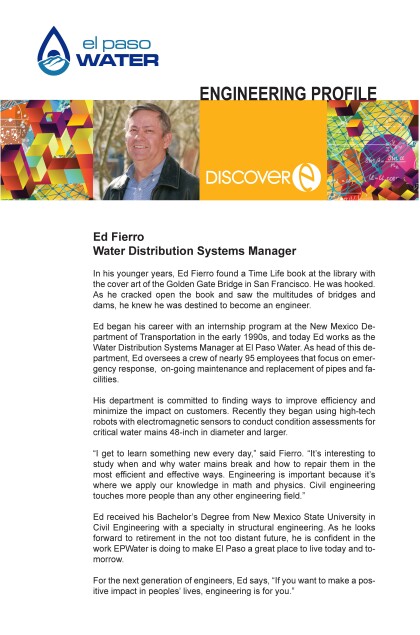
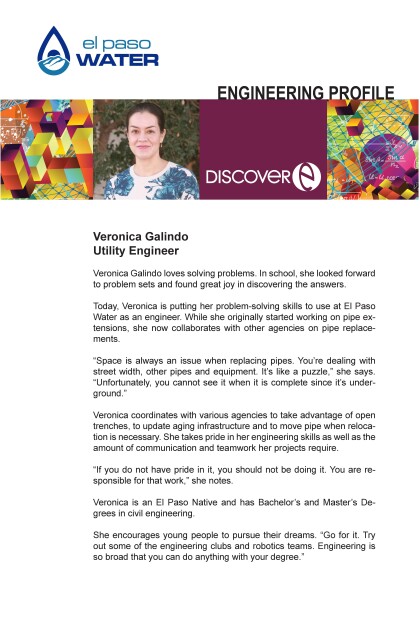

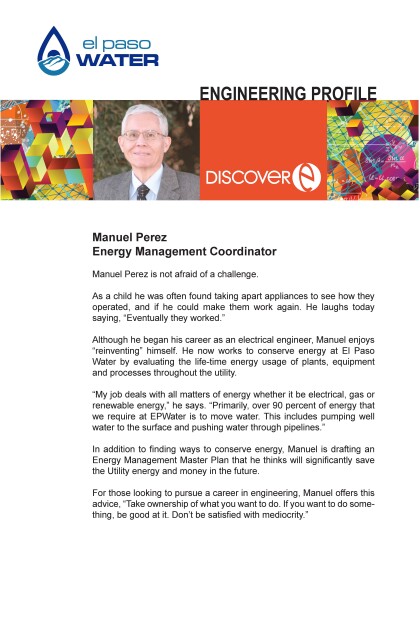


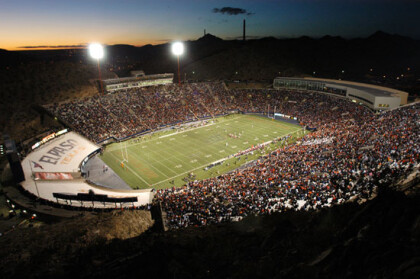
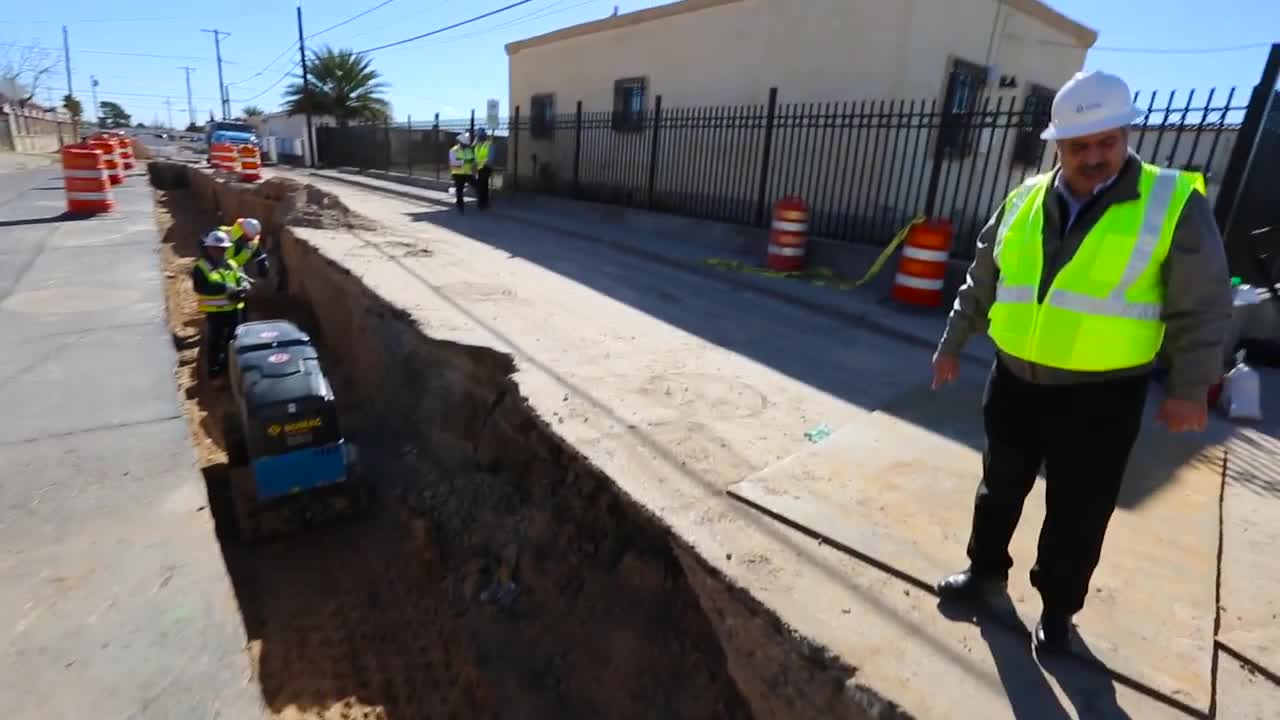

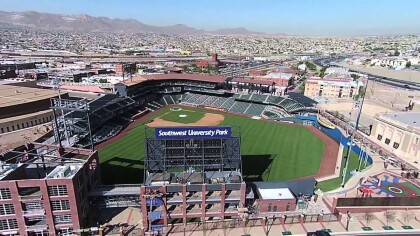
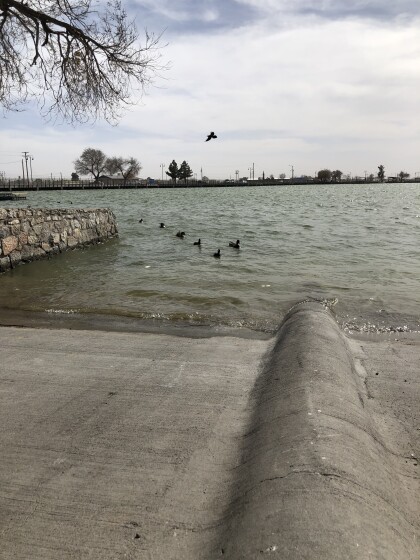
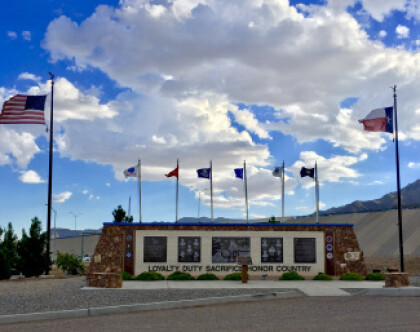
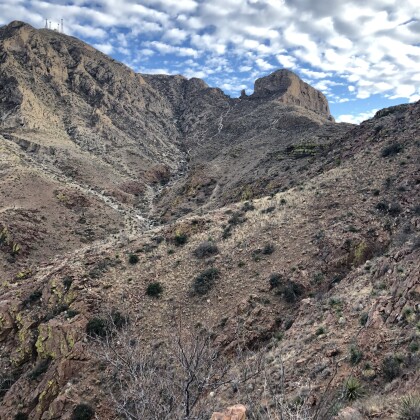
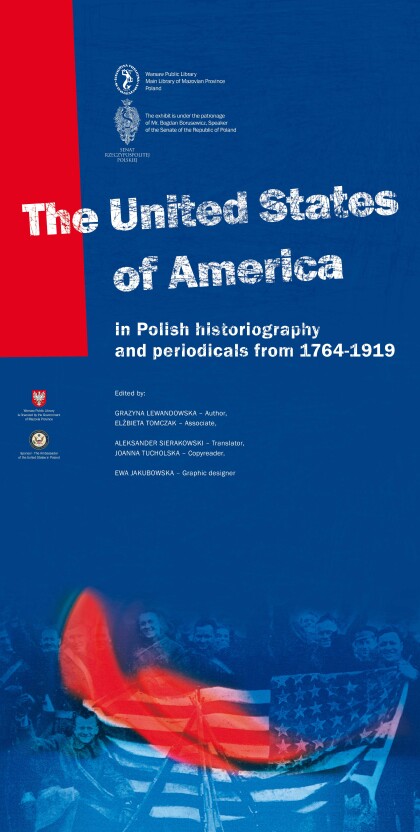


Comentarios
Hacer un comentario